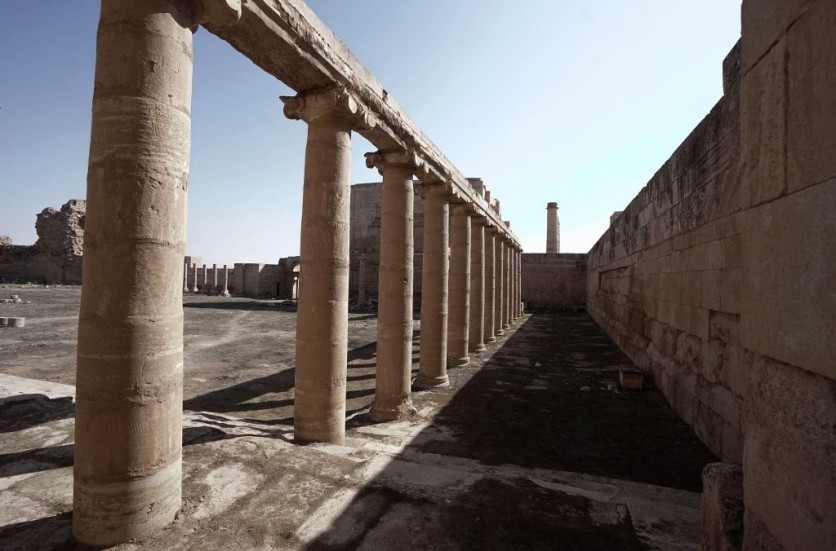Archaeologists have transported visitors back in time by constructing a Roman fort gateway at Richborough Roman Fort near Sandwich in east Kent, according to Roman archaeology specialist Simon Esmonde Cleary's article in The Conversation.
The newly constructed gate, built in timber and surrounded by stretches of an earthwork rampart, sits on the site of a Roman gateway believed to date back to AD43 during the invasion of Britain by Emperor Claudius.

Defensive Ditches
During the latest excavation of the site, archaeologists discovered post-holes that once housed the gate's uprights. These post-holes were found within a pair of north-south defensive ditches, which were believed to be a formidable defensive obstacle consistent with Roman military engineering of the first century AD.
The ditches enclosed a rectangular area for a camp or fort, which was unlike other Roman military defenses. The Richborough defenses cut off a long stretch of land along the shore on the eastern side of the site.
Historians believe that the pottery discovered at the bottom of the ditches, dating back to the middle of the first century AD, indicates that the Richborough defenses were protecting the beachhead for the Claudian invasion force.
This force, comprised of approximately 20,000 men, required a large secure area for the invasion, and Richborough, located on the Kentish shore of the Wantsum, provided a sheltered area for anchorage or beaching ships.
Propaganda Piece
Cleary notes that the new gate structure was based on a model found on Trajan's Column in Rome, which depicted Roman soldiers building a fort and is one of the few surviving pieces of evidence for what timber gateways may have originally appeared.
The scenes depicted in Trajan's Column offer a striking visual representation of the ancient Roman military campaigns.
However, Cleary notes that as a propaganda piece drawn in marble and erected hundreds of miles away from where the battles occurred, the scenes must be approached with a degree of skepticism.
The artistic license involved in the creation of these scenes is evident in the portrayal of the fortifications, which appear to be made of masonry rather than the timber, earth, and turf that would have been used in reality.
This artistic decision prioritized visual impact over realism, according to Cleary.
The reconstructed gate structure at Richborough, modeled after a similar structure depicted in Trajan's Column, would have been vulnerable to the elements and ill-suited for the harsh Kentish winters.
Read Also : French Archaeologists Uncover Ancient Roman-era Monumental Complex from the 2nd-3rd Century AD
Gateway to Britain
Throughout the Roman period, Richborough was a significant gateway to Britain and provides insight into nearly four centuries of history. Alongside the Claudian ditches, the site features a sizable concrete base for a four-way arch constructed to celebrate the acquisition of Britannia.
Despite the numerous layers of history at Richborough, the Claudian beachhead ditches have been frequently disregarded. English Heritage's new project aims to highlight the importance of these remains and bring them to the forefront, raising public awareness of their historical value.
Related Article : 2,000-Year-Old Cave Art May Suggest that Ice Age Hunter-Gatherers Were the First to Use a Calendar - New Study

ⓒ 2025 TECHTIMES.com All rights reserved. Do not reproduce without permission.




